Health Technology Assessment (HTA)
Health Technology Assessment (HTA) is a multidisciplinary process that uses explicit methods to determine a health technology’s value for healthcare decision-making. Attitudes towards HTA vary globally, with some countries using a variety of methods and analyses and others hardly any.

Reconciling MCDA and Augmented Cost-Effectiveness Analysis: Do We Get the Same Decisions?
14 April 2021
A new paper explores the equivalence of Multi-Criteria Decision Analysis and Augmented Cost-Effectiveness Analysis in adding elements of value to QALY-based cost-effectiveness decision making. It finds…

‘HispaNICE’: the Creation of an ‘Independent Authority for the Evaluation of Health Practices and Policies’ Gathers Momentum
24 February 2021
This blog summarises an initiative taken by more than 300 health economists and experts in support of the creation of an independent health technology assessment agency…
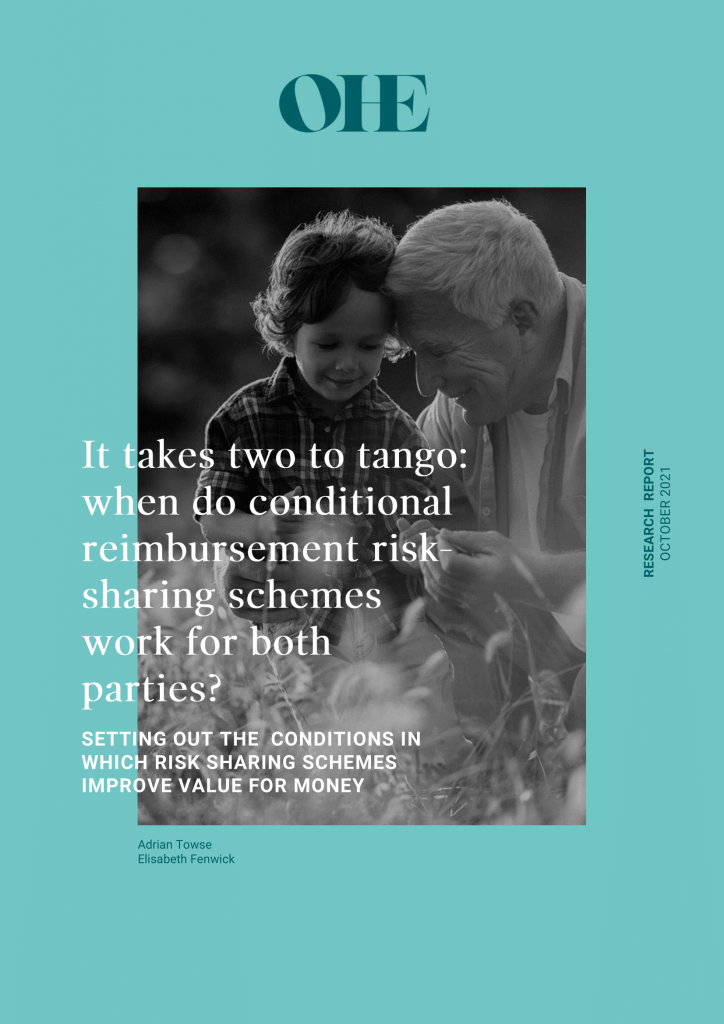
It Takes Two to Tango: When do Conditional Reimbursement Risk-Sharing Schemes Work for Both Parties?
1 December 2021
Faster regulatory approval has not necessarily achieved faster patient access. A new OHE paper sets out how risk-sharing can tackle this, enabling resolution of differences of…
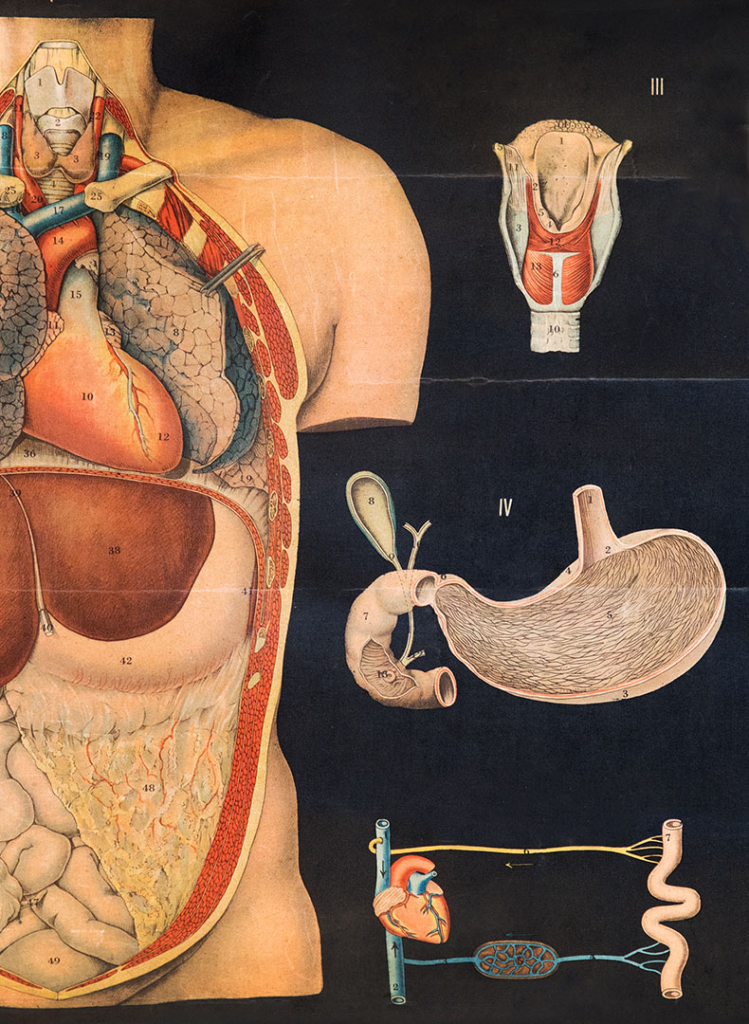
Payment Models for Multi-Indication Therapies
1 November 2021
For the growing number of multi-indication medicines, access may be delayed or even denied due to challenges in linking payment with a medicine’s value across those…
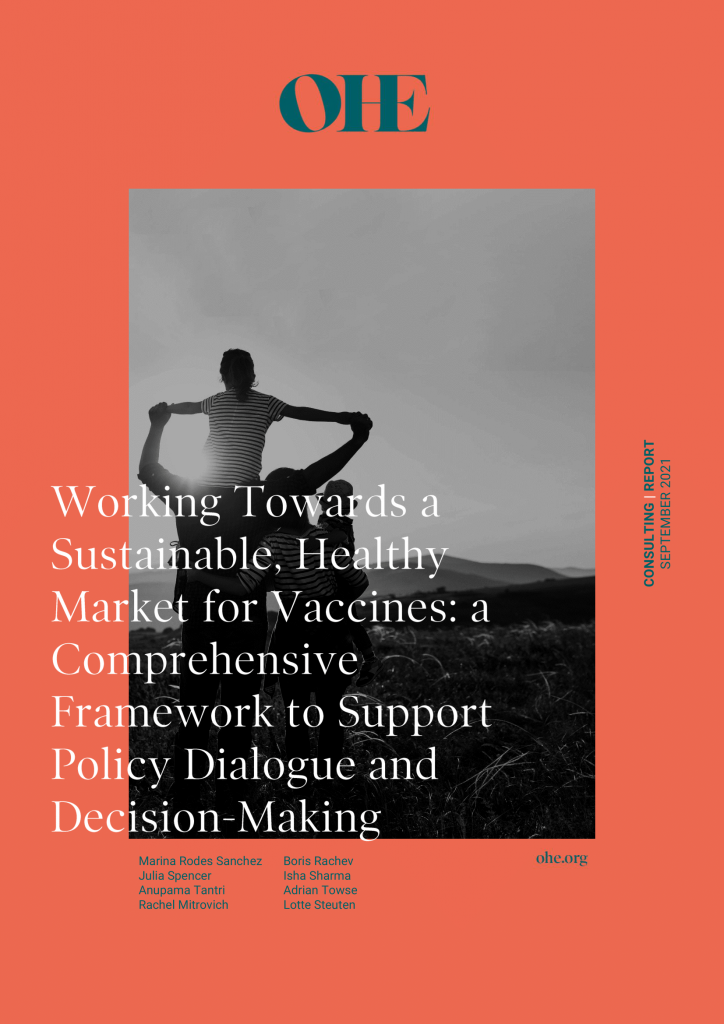
Working Towards a Sustainable, Healthy Market for Vaccines: a Comprehensive Framework to Support Policy Dialogue and Decision-Making
1 September 2021
By placing a strain on health care systems and the global economy, the COVID-19 pandemic clearly shows the need to more comprehensively understand both supply- and…
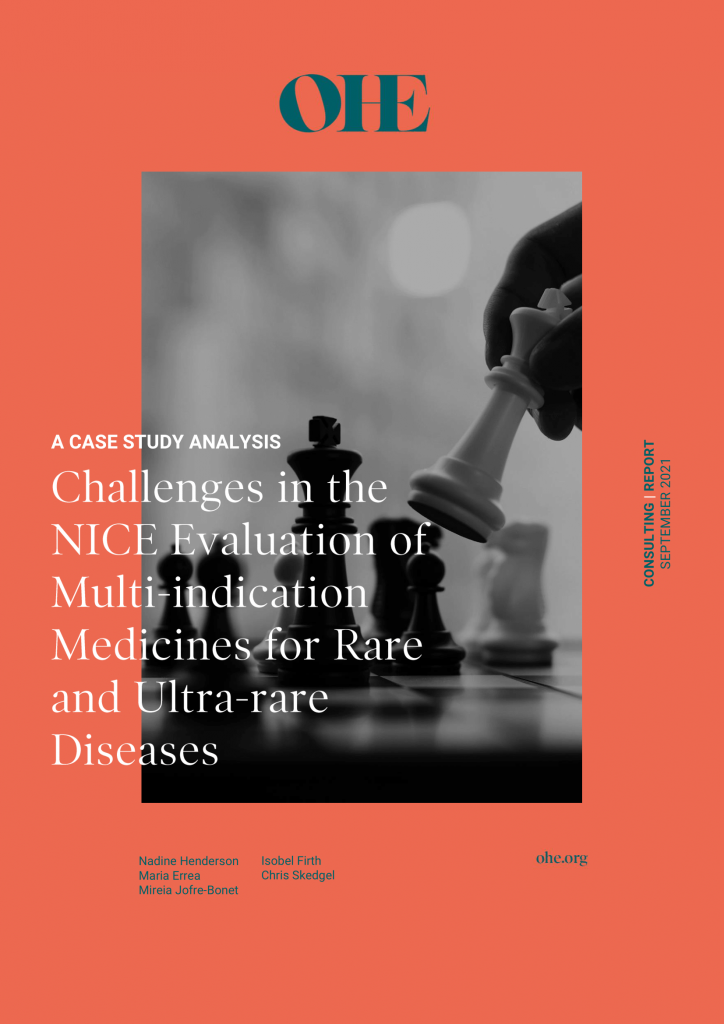
A Case Study Analysis: Challenges in the NICE Evaluation of Multi-Indication Medicines for Rare and Ultra-Rare Diseases
1 September 2021
Medicines for rare and ultra-rare conditions face distinct economic and ethical challenges compared to medicines for more common conditions. These challenges are implicitly acknowledged by the…

Bridging the Gap: Pathways for Regulatory and Health Technology Assessment of Histology Independent Cancer Treatments
8 January 2021
Histology independent therapies are changing the picture of cancer treatment and in so doing don’t ‘fit the frame’ of value assessment. What are the key challenges…
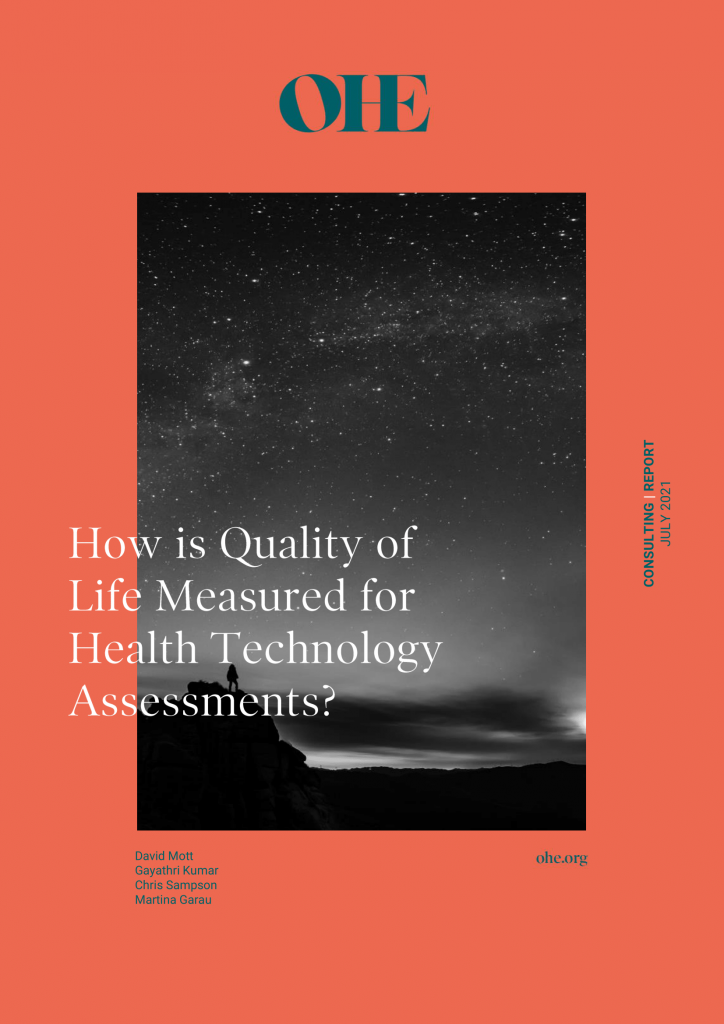
How is Quality of Life Measured for Health Technology Assessments?
1 July 2021
Cost-effectiveness analysis (CEA) is the economic evaluation method that is typically preferred by health technology assessment agencies. Quality-adjusted life years (QALYs) – a composite measure of quality and…
Why we need a new Outcomes-based Value Attribution Framework for Combination Regimens in Oncology
1 February 2021
Using medicines in combination can deliver better outcomes for patients across different tumour types and disease stages. Yet many HTA agencies do not find that the…